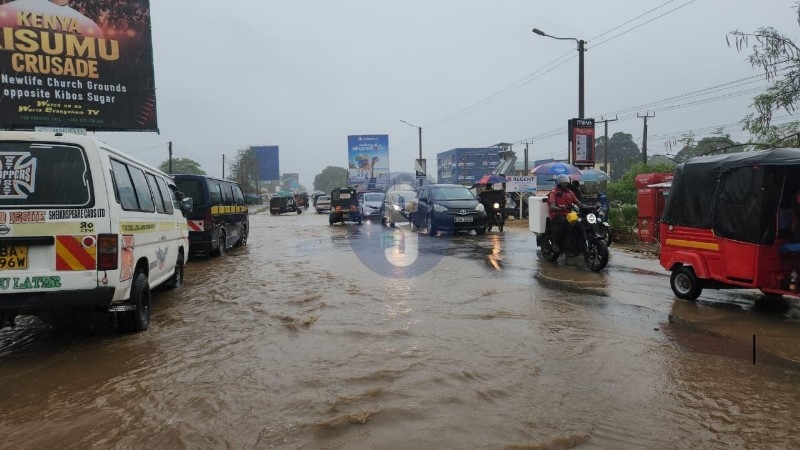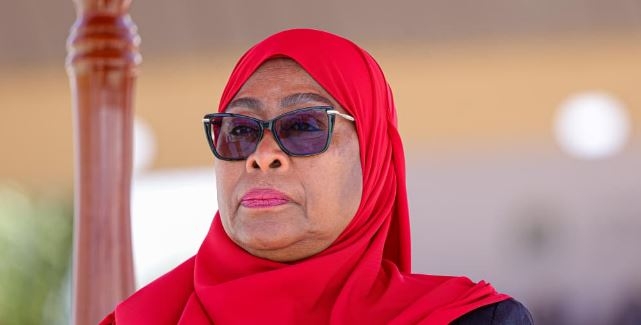Climate-induced drought is costing poor and fragile nations, Kenya included, 0.2 per cent of economic growth every year, enough to seal budget deficits.
The latest report by the International Monetary Fund (IMF) says as a result, GDP growth targets will be falling further behind those in other countries.
“This is evidenced by the findings that climate change inflicts more lasting macroeconomic costs in fragile countries,” IMF says.
“Cumulative losses in gross domestic product reach about four per cent in fragile states three years after extreme weather events. That compares with around one per cent in other countries.”
In Kenya for instance where GD stands at about Sh16.65 trillion as of 2022, drought seasons could see the country lose up to Sh3.33 trillion every year.
The lender further says the more harmful effect of climate events in fragile states is not only because of their geographical location in hotter parts of the planet but also because of conflict and dependence on rainfed agriculture.
Lower capacity to manage risks is another contributing factor, the lender says in part.
The lender's projection mirrors its recent growth projection for Sub-Saharan Africa, which hosts most of the developing and fragile states.
In July, the lender projected the region's growth at 3.5 per cent this year in the latest revision, from 3.9 per cent last year.
It, however, said the growth will witness a rebound to 4.1 per cent next year.
Earlier in April, the lender had projected the region’s GDP growth to decline to 3.6 per cent, before rebounding to 4.2 per cent in 2024.
This was amid the global slowdown, as activities were expected to decelerate for a second year in a row on exacerbating drought and shifting economic environment.
Kenya's economic growth prospects were projected to be a slow 5.3 per cent this year, down from the previous two years' projections of 5.4 per cent in 2022 and 7.5 per cent in 2021.
Drought as a climate shock also worsens underlying fragilities, such as conflict and hunger, further exacerbating the effect they have on the economy and people’s well-being.
The lender says in a high emissions scenario, and all else equal, deaths from conflict as a share of the population could increase by close to 10 per cent in fragile countries by 2060.
“Climate change would also push an additional 50 million people in fragile states into hunger by 2060,” the lender says.
Higher losses from climate events also reflect the dependence of developing countries on rainfed agriculture which represents close to one-quarter of economic output in the jurisdictions.
IMF says only three per cent of the cultivated areas are irrigated with canals, reservoirs, and the like as rainfed farms remain vulnerable to droughts and floods.
“Where irrigation infrastructure does exist, it is often poorly designed, left to crumble, or damaged by conflict.”
The higher losses from climate shocks are also because of a lack of financial means by the developing nations, the lender adds.
This is because the financing needed for climate adaptation is well beyond what the states can afford on their own and the sustained support from international development partners.


















